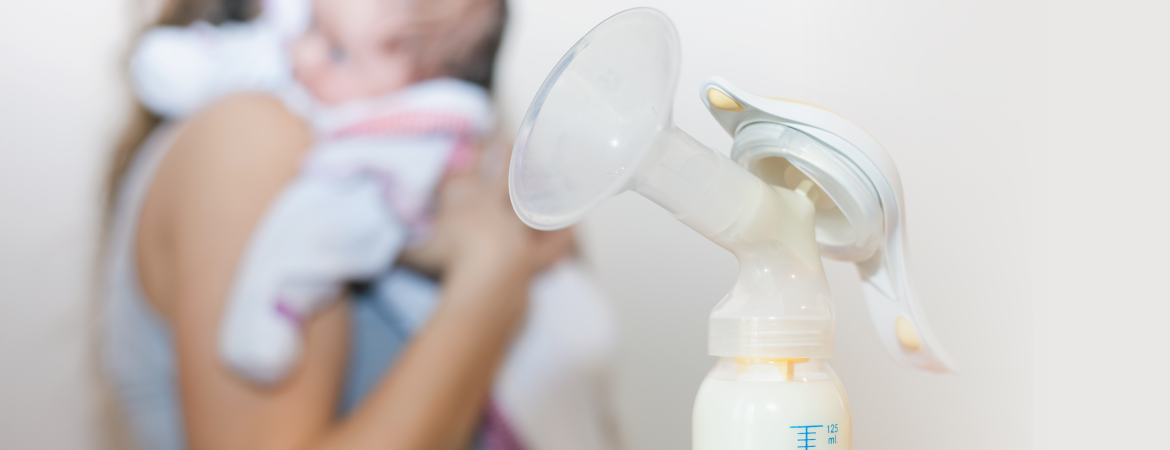
What is pumping and dumping breastmilk?
Pumping and dumping breastmilk might not be the most glamorous topic, but it's a common practice in breastfeeding. It refers to the practice of expressing breastmilk but not feeding it to your baby.
Lactating moms may occasionally consume substances that could be harmful if passed on to a baby. To prevent transferring these substances to their baby through breastmilk, the "pump and dump" technique was developed. This method involves using a breast pump to express milk. Once the milk is expressed, it’s discarded.
There are various reasons why a mother might find themselves in this situation. For example, they may need to take medication that is not safe for the baby or might have had alcohol. Pumping refers to using a breast pump to express milk, while dumping means discarding the expressed milk instead of giving it to the baby.
In the case of consuming alcohol, some breastfeeding parents choose to pump and dump as a precautionary measure. The idea is that by expressing and discarding the breastmilk, they can remove any potential alcohol from their system and avoid passing it on to the baby during breastfeeding.
It's important to note that guidelines regarding alcohol and breastfeeding can vary, so it's always best to speak with your doctor for specific advice based on your situation. As a general recommendation, if you are drinking alcohol, it’s better to wait for a certain period before breastfeeding or expressing milk. This allows time for the alcohol to metabolise and clear from the body. The duration of this waiting period can vary depending on factors such as the amount of alcohol consumed, body weight and your metabolism.
Your body produces milk based on the perceived needs of the baby. However, many women can't simply take a quick break from breastfeeding if they need short-term medication or have consumed alcohol. Therefore, lactating moms need a method to sustain their milk supply even when they are temporarily unable to breastfeed. This is where the pump and dump technique come into play. Not being able to express breastmilk can lead to issues such as swelling, soreness and even mastitis.
Pumping and dumping can help maintain milk production and prevent associated health complications.
Good to know
It's important to understand that pumping breast milk after consuming certain substances doesn't actually reduce the presence of those substances in the milk. The best practices for handling such situations vary greatly depending on the specific substance involved.
According to the Centres for Disease Control (CDC), pumping and dumping breastmilk after drinking alcohol doesn't actually speed up the elimination of alcohol from your milk. As time passes and your blood alcohol level decreases, the amount of alcohol in your breastmilk also decreases.
As a general guideline: if you have one standard drink, such as a glass of wine each day and wait at least two hours before breastfeeding, it's unlikely to cause any harm to your baby.
However, if you exceed that amount or have a drink within two hours of your usual feeding time, you might want to consider pumping and dumping. Doing so can help relieve any physical discomfort you may feel, and in the meantime, you can use previously expressed milk to feed your baby.
Keep in mind that pumping and dumping won't completely remove alcohol from your system since the levels in your blood are directly linked to the levels in your breastmilk.
Disclaimer
This article is for informational purposes only. Always check with your doctor or medical practitioner about any health concerns, before embarking on any fitness or nutrition programme, or using any medication.
